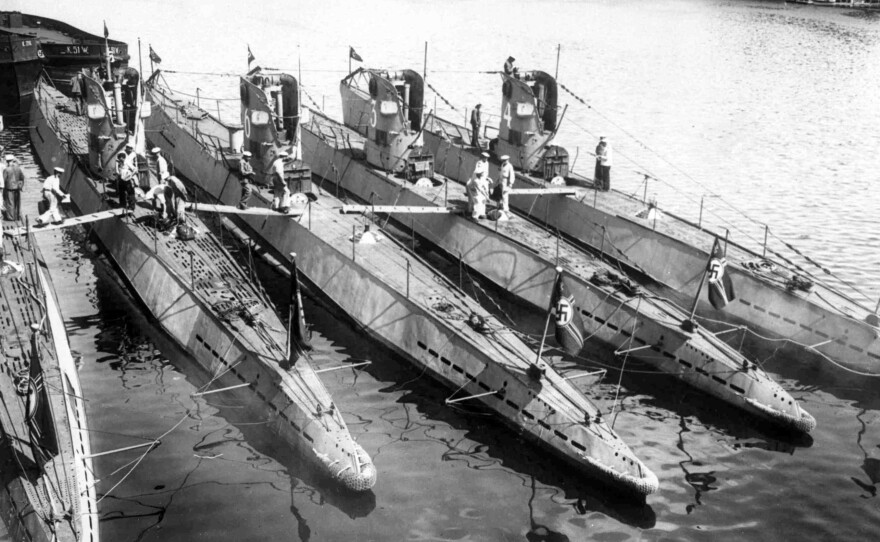For more than 70 years historians have wondered what happened to a Nazi U-boat that disappeared after going "on the run" following the German surrender to Danish and Dutch forces at the end of World War II. And now there is an answer.
Researchers from the Sea War Museum Jutland, in northern Denmark, say they found the wrecked submarine earlier this month. Apparently, the U-3523, the most advanced sub of its day, has been partially buried in the seabed off the north coast of the country all along.
The discovery has put an end to decades of speculation that upon their defeat a crew of Nazis had used it to flee to South America. CBS reported some conspiracy theorists contended Adolf Hitler was with the officers who had been aboard and allegedly made it safely to Colombia.
"After the war, there were many rumors about top Nazis who fled in U-boats and brought Nazi gold to safety, and the U-3523 fed the rumors," the museum said in a statement published on its website.
"The Type XXI was the first genuine submarine that could sail submerged for a prolonged time, and the U-3523 had a range that would have allowed it to sail nonstop all the way to South America," officials said.
Researchers said no one knows what the intended destination of those onboard the submarine might have been. Nor is it currently evident whether it carries any valuables or additional passengers. What is certain is that all 58 crew members perished.
The museum reported the submarine was struck by British bombers on May 6, 1945, but the location given by the pilot at the time was off by 9 nautical miles. That explains how it went undiscovered for so long.
The museum used scanning technology to locate the sub, which was found 123 meters (404 feet) deep.
In the statement, the museum said:
U-3523 appeared on the screen during the museum's scan of the seabed ten nautical miles north of Skagen, and the picture was very surprising. Most unusual the whole fore part of the U-boat lies buried in the seabed, while the stern is standing 20 meters [66 feet] above the bottom.
Copyright 2018 NPR. To see more, visit http://www.npr.org/.






